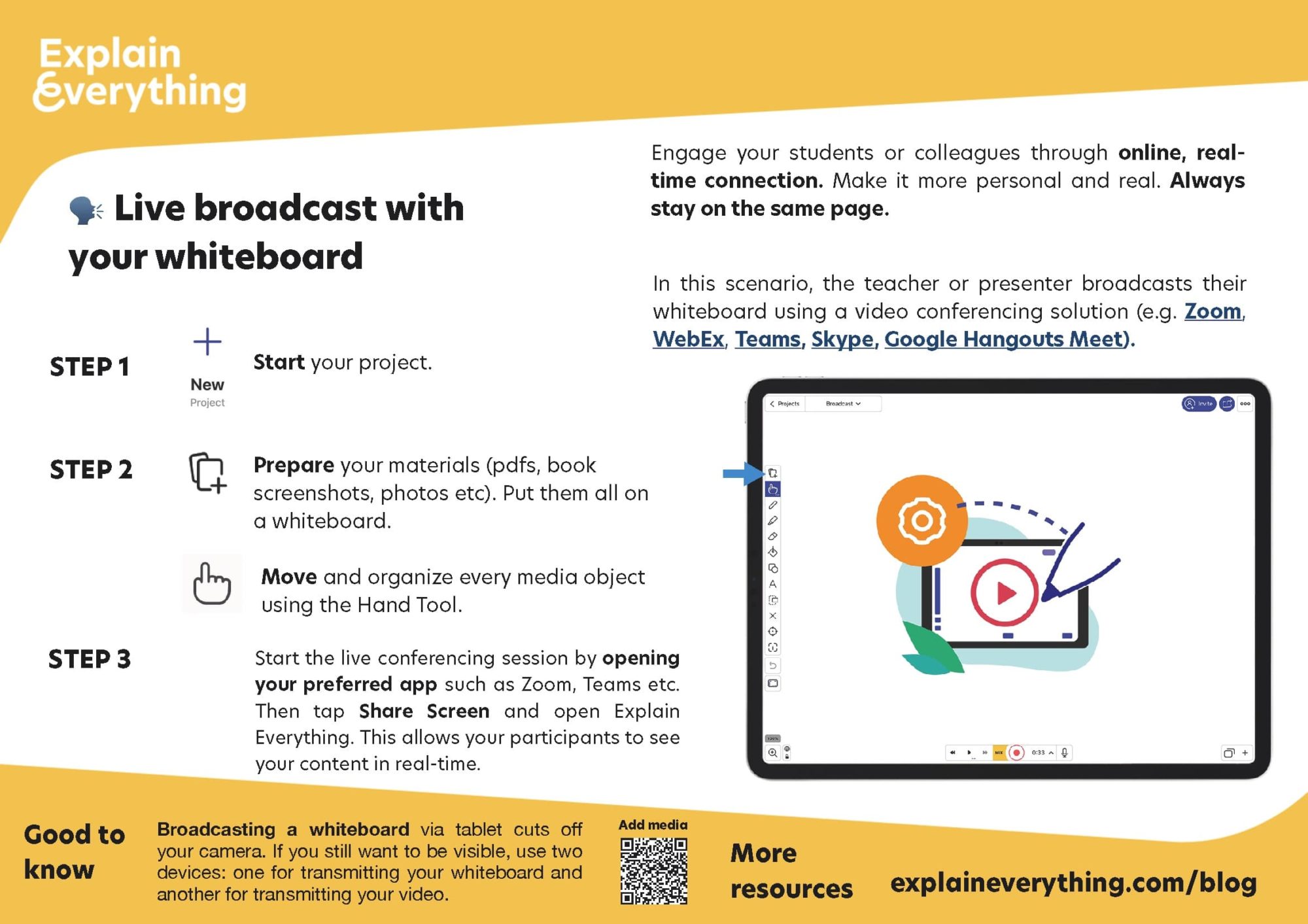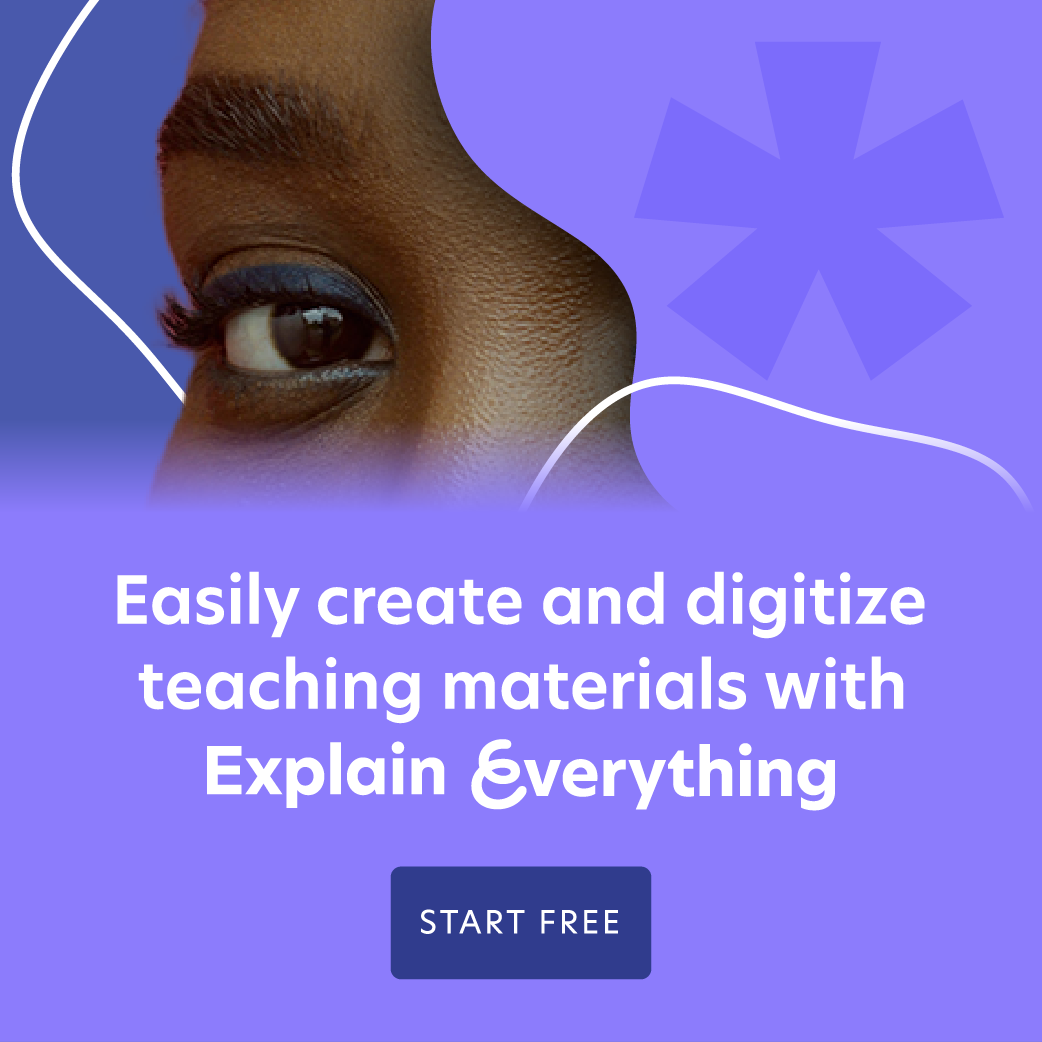Remote teaching that goes beyond (existing) limitations – interviewing experts

Table of Contents
What is the future of distance learning? How can new tools help us overcome current limitations? What are the biggest obstacles?
Nobody knows better than teachers, so we decided to ask them. We received plenty of insightful comments and a few pressing questions, too! Then, we had author and teacher Dr. Reshan Richards as well as Cocoon CEO and EdTech Consultant Gavin Molloy come in to discuss it all with our very own Dr. Bart Gonczarek. See what they had to say during our recent webinar on remote teaching:
If you’re a little short on time and prefer to just get a summary of what went on during the webinar, check out the selected teacher questions and expert answers below. And if you decide you do want to find out more, check out the full remote teaching webinar here.
Are we really ready for this transition?
“We’ve made it to the summer, somehow, but do you think schools can sustain this? Are we really ready to go full digital?” – Liz
Gavin: The vast majority of schools were not ready for it, some not at all, and this has made the process stressful, especially since everything had to be done so fast. Traditionally, teaching has been based on proximity to students, and tech has been a boogeyman for a while…but I think that they will end up seeing the benefits very much soon.
Reshan: Even the most prepared could not have possibly been prepared for this!
Long story short:
don’t worry that you can barely keep up, we’re all on the same boat!
Reshan: Let’s be prepared to adjust better in the future.
What about teachers that have no connectivity with their students?
“I have students who do not have internet access at home. We currently send paper packets home to them, but I feel like the assignments/lessons I’ve created digitally no longer ’work’ in a paper format (I try, though). What is an effective way to meld my online lessons into something my kids can still engage with when they don’t have internet access (or me to answer their questions) at home?” – Stephanie
Gavin: There are teachers who do not even have the foundations, like GC or MS teams, and this means they can’t even get a hold of their students…we can’t look for technical solutions to practical problems. All of them should definitely check out our bootcamp to find out the three stages that need to be completed for that communication to be doable. But it’s definitely doable!
Reshan: Yes, you have to go back to the basics and decide which solution is the most accessible to the most people and then figure out how to ramp that up and engage students in more ways. But if you’re unable to connect with the families, how can you possibly talk about instruction? This might seem obvious, but even though there are so many exciting possibilities, if you can’t even get in touch, you can’t move on. You need a baseline.
Long story short:
what you need at the beginning are solid technological foundations, the rest will come with time!
How can remote teaching deal with students who work at different speeds and styles?
“How can we make online teaching effective? How can the teacher engage students all the time during online teaching? What kind of tools can we use during online teaching?” – Ali
“How will instructors be able to focus on individual’s needs in an E-environment? In a big classroom it is already hard to distribute attention to everyone, let alone making sure everyone is on the same page.” – Morgun
Reshan: Well, this is a problem even in brick-and-mortar settings — students learn different ways and have different tendencies. That’s why a mindset geared towards differentiated instruction and curriculum to engage students better is the way to design learning experiences. If your mindset doesn’t appreciate differentiated learning regardless of conditions, then you won’t be able to apply them over distance.
Gavin: Explainer videos can be watched many times, so if kids learn at different speeds, Explain Everything offers a lot of opportunities. Google Forms can also help create an opportunity to get to know students better as well. A teacher I know told me how much honest feedback kids were giving her through Google Forms about their emotional state, for example.
Long story short:
differentiated learning should be a priority for all teachers in the 21st century, Covid or no Covid!
Gavin: There’s actually more opportunities for kids to work in their own paces when learning remotely than in a classroom!
Take a look at Reshan’s strategy for this:
What can be done about school policies that create roadblocks preventing teachers from using some tech platforms?
“Our school board has been very difficult when it comes to agreeing to using new software, citing both cost and privacy concerns. Do you have any suggestions as to how I could better convince them that Explain Everything is the right tool for us? Or any other tool, for that matter?” – Rob
Gavin: It depends what platforms are being prevented and what your priorities are. In our bootcamp, we focus on a core selection of platforms, because as a teacher you don’t want to be using too many platforms. Identify the platforms you need to use and then explain all that clearly to the board — be sure to be focused on what you want and know why you want it so you can make a good case. And remember, you’re better off being good at using one tool than taking on 4, 5 or 6, and then giving up.
Long story short:
if you want to convince the school board to use a certain tech tool, first you need to convince yourself!
Listen to some of Reshan’s tips on the topic:
How can teachers build up their confidence using these new tools?
“It’s been hard keeping up with all of the new skills we have to learn to keep up with remote learning, especially for older teachers. It’s especially embarrassing because today’s kids are so good with technology, even the little ones. Do you have any advice on how to make this leap into tech a little less stressful?” – Karen
Reshan: Show some vulnerability, be imperfect in front of your audience instead of just obsessing over skilling up on every single thing. Also, don’t attempt to do 20 million things, just pick a few, and develop confidence around those.
Gavin: Students love to see teachers make a mess! There’s no shame in things going wrong live, don’t stress it. Just do your best to digitize what you normally do. That’s really all you need, at least when building your foundation.
Long story short:
don’t sweat the mistakes — as a teacher, you should know mistakes are an integral part of learning!
Check those 3 printable PDF’s with instructions on using Explain Everything for remote teaching:

2020 got off to a really rough start, but there’s light at the end of the tunnel. The current circumstances are pushing all of us to finally take steps we should have taken ages ago. Join Explain Everything and let’s do that together!
Learn more about broadcasting in distance teaching. Sign up for the webinar

